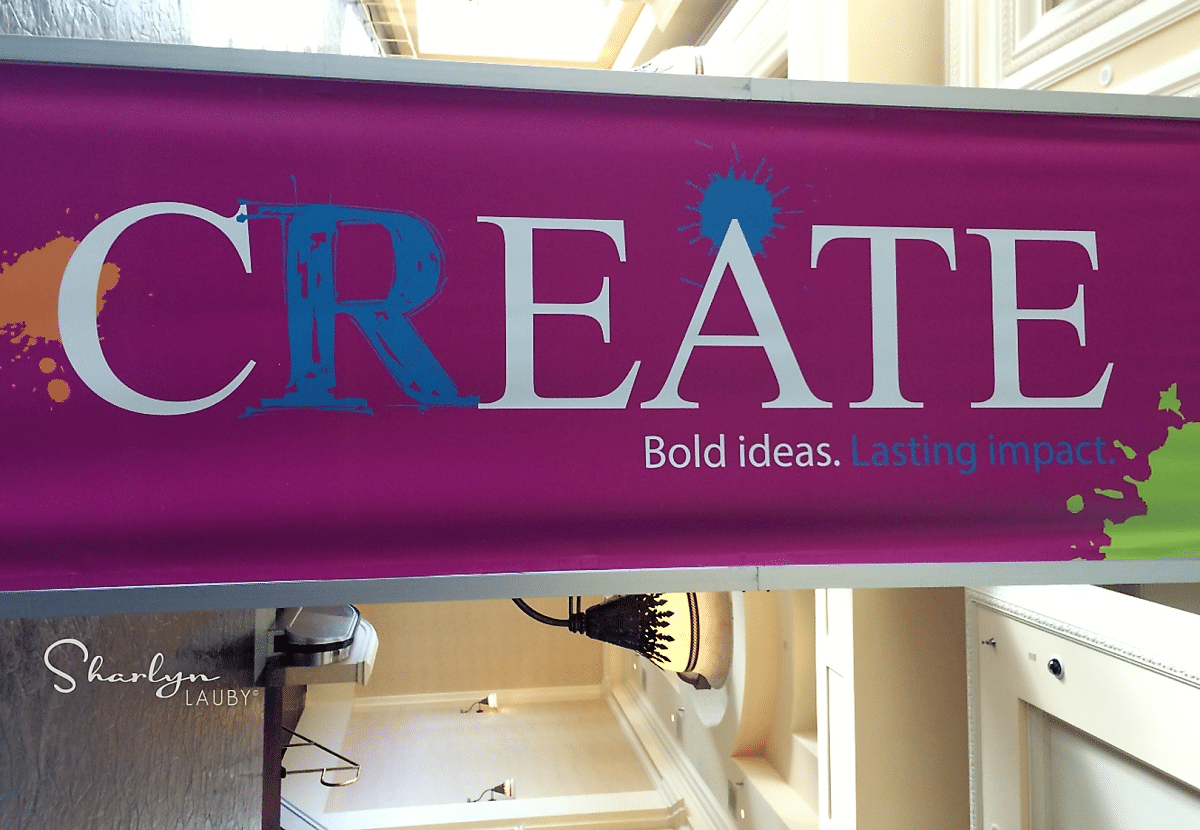Onboarding Is Your Foundation For the Employee Experience
Organizations understand that the onboarding process is important. I think the challenge is deciding what should be included. Companies grapple with balancing the “welcoming employee experience” part with the “legal and compliance” piece.
During this year’s SilkRoad Connections Conference, Madeline Laurano, co-founder of Aptitude Research Partners, shared that an organization’s onboarding strategy should define the two touchpoints in the employee experience: pre-hire and post-hire. Within those two touchpoints, organizations should consider three key activities: skills, process, and technology. I immediately thought of a table.
While my example above isn’t complete, organizations could use a grid or table to confirm that their onboarding process does provide a complete and adequate touchpoint for employees both pre- and post-hire. If it doesn’t, they should look for ways to make the process complete.
One of those options might be to implement a technology solution. Laurano specifically addressed this. “If organizations want to improve the onboarding experience they need to view technology differently. Which means they need to buy technology differently.” Here are a few specific examples from the session to illustrate how organizations can use technology to make the most of the onboarding experience:
Make the process intuitive. Laurano mentioned that half of companies today are using 2-3 different onboarding solutions. Some solutions for just benefits. Others exclusively for Form I-9 compliance, and then others for mentoring, communication and teambuilding. Instead of multiple systems and platforms, think about a single onboarding solution that will provide consistency.
Use valuable and varied communication methods. Communicate to candidates and new hires in ways they are familiar – mobile and social are still very popular, and that’s not going to change. Use the right medium for the right message. There are some things employees expect to sign, so paper isn’t always inappropriate. Incorporate video messaging to get candidates engaged with the organization.
Make the experience multi-directional. Organizations and employees expect onboarding to be a learning experience. The employee is learning about the company (and vice versa). Onboarding needs to be transparent to be effective. Messages should be personalized as much as possible. To make onboarding truly multi-directional, include peer-to-peer feedback and buddy programs.
Include an internal mobility option. While onboarding is at the start of an employee’s career, it’s not a one and done activity. Employees who receive promotions and transfers should get some type of onboarding refresher. Sometimes their paperwork needs to be updated, new policies or procedures need to be explained, additional training is provided, and a new network of co-workers will be built.
Onboarding programs provide employees with the foundation for their employee experience. Organizations should think about them like the customer experience. Programs needs to be well-thought out and complete. It should be consistent and clearly understood. And it should be available on a regular basis. Technology solutions can help organizations provide all of these things, if they are purchased and implemented properly.
Oh, and P.S. I’m working with the team at SilkRoad on a webinar series called “The 3 C’s of Strategic Onboarding”. The next installment is Thursday, October 19, 2017 at 2p Eastern. It’s focused on “Onboarding ’Buddy’ Programs: 5 Implementation Steps”. Hope you can join us!
10